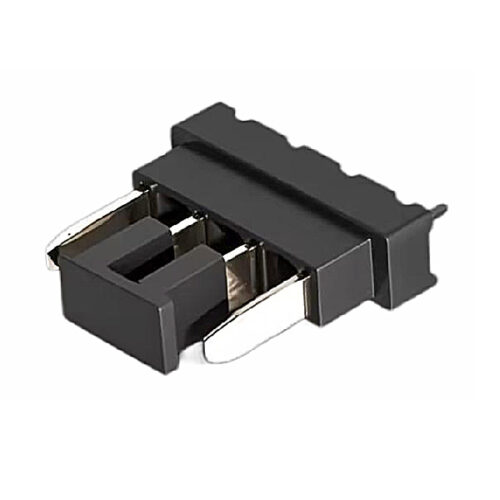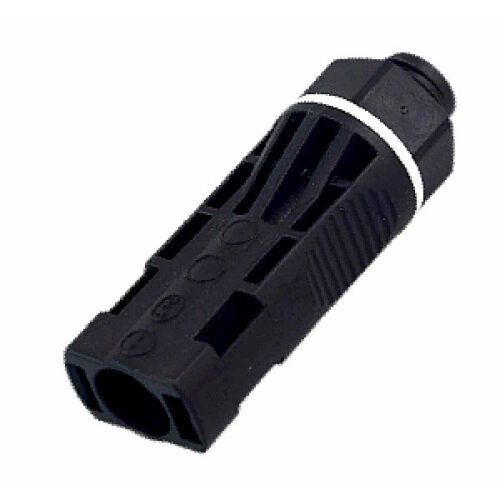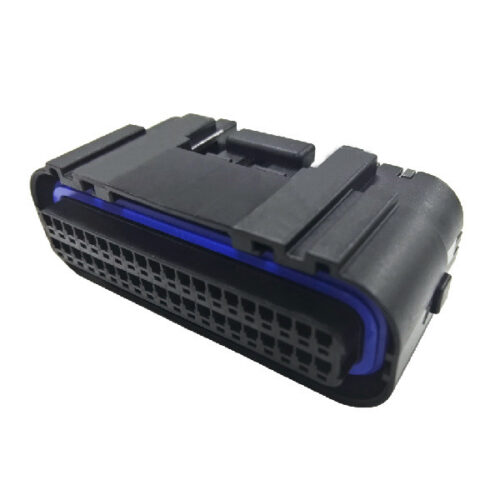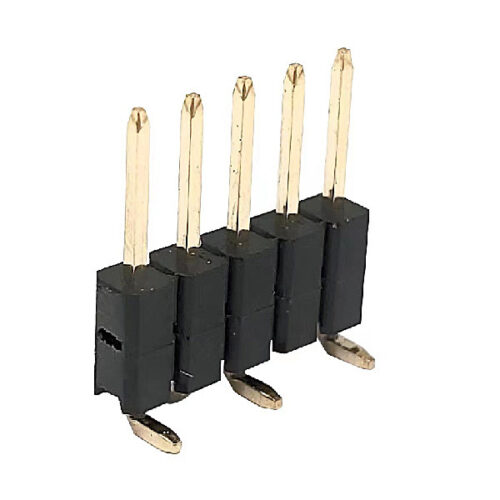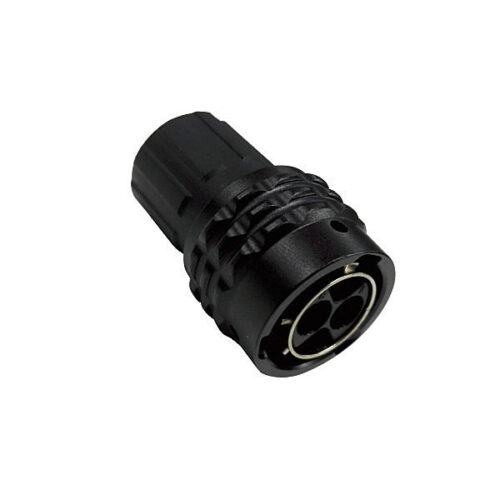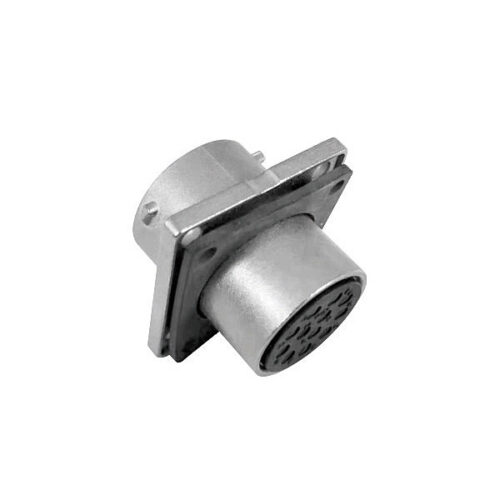Blogs & News
We are focus on automotive wiring harness & connectors technology.
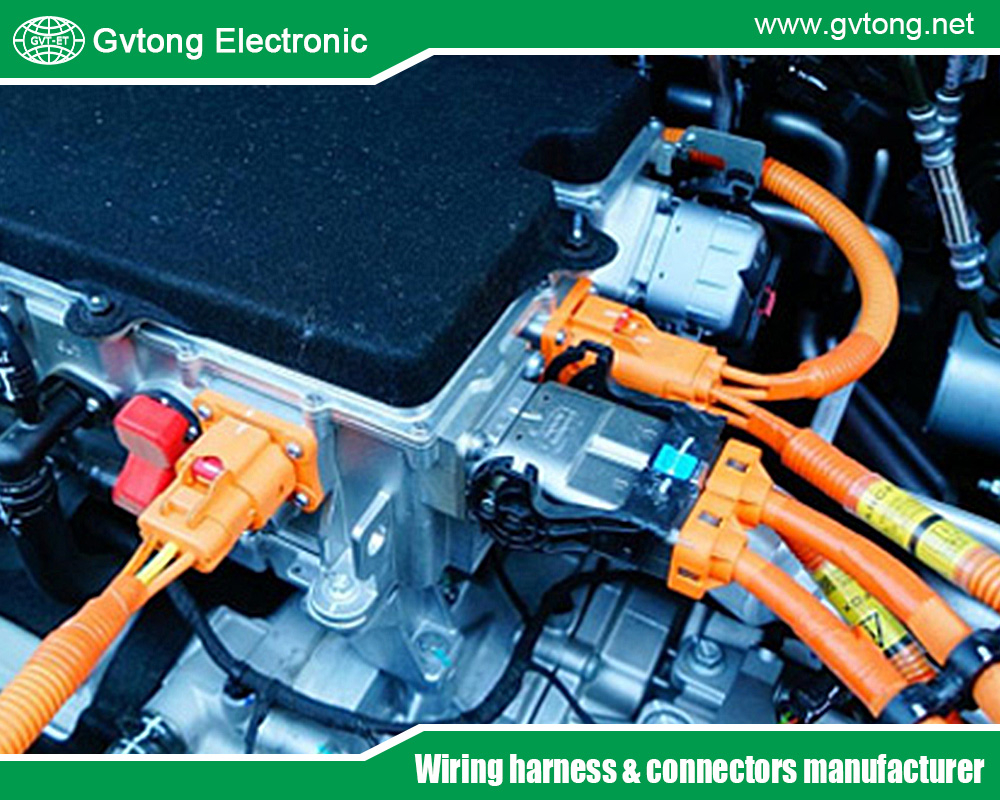
How Do Automotive Electrical Connector Manufacturers Achieve Technological Breakthroughs in Miniaturization and High Current Capabilities?
- Gvtong Electronic
- 2 pin waterproof electrical connector, 2 Pin Way Car Waterproof Electrical Connector, 2p 32p Automotive Connector Terminal Crimping, 4-wire electrical connectors, Anti-vibration automotive connectors, Automated assembly connectors Cost-effective automotive connectors, automotive antenna connector, automotive coaxial connector, automotive connector, Automotive Connector and Cable Products, automotive connector companies, automotive connector companies in russia, Automotive Connector Factory, automotive connector market, Automotive Connector Supplier, automotive data connector, automotive electrical connector, automotive electrical connector manufacturers, automotive electrical connector suppliers in thailand, automotive electrical connector types chart, Automotive electrical connectors, automotive electrical connectors factory, automotive electrical connectors kit, Automotive Electrical Connectors Manufacturer In Thailand, automotive electrical connectors manufacturers, automotive electrical connectors supplier, Automotive Electrical Connectors Thailand, Automotive electrical connectors types, automotive electrical connectors waterproof, automotive high - frequency, automotive High voltage connector, automotive Low voltage connector, automotive Oil-resistant Connectors, automotive optical fiber connector, automotive power distribution, automotive Signal Connector, automotive vibration - resistant, automotive waterproof connectors, automotive waterproof electrical connectors, best automotive electrical connector suppliers in thailand, repair automotive electrical connectors
- No Comments
How Do Automotive Electrical Connector Manufacturers Achieve Technological Breakthroughs in Miniaturization and High Current Capabilities?
The automotive industry is undergoing a profound transformation, driven by the rise of electric vehicles (EVs), advanced driver-assistance systems (ADAS), and connected technologies. At the heart of this evolution are electrical connectors, which serve as critical links for power distribution, data transmission, and signal integrity within vehicles. As vehicles become more electrified and autonomous, the demand for connectors that are both miniaturized—to save space and reduce weight—and capable of handling high currents—up to 700A or more for fast charging and power-intensive systems—has intensified. This dual requirement poses significant engineering challenges, as smaller sizes typically compromise thermal management and current-carrying capacity, potentially leading to overheating, failures, or reduced efficiency.
Historically, automotive connectors were bulky to accommodate high power needs, but the shift toward compact architectures in EVs and hybrid electric vehicles (HEVs) necessitates innovation. For instance, a modern EV might require connectors that fit into tight spaces within battery packs while managing voltages up to 1,000V and currents exceeding 400A. Manufacturers like TE Connectivity, Aptiv, Molex, and Amphenol are at the forefront of these breakthroughs, leveraging advanced materials, novel designs, and sophisticated manufacturing techniques to reconcile these opposing demands. According to industry forecasts, the global automotive connector market is expected to grow at a CAGR of over 8% through 2030, fueled by electrification trends. Innovations focus on enhancing current density, improving thermal dissipation, and ensuring reliability in harsh environments, such as vibrations up to SG4 levels and temperatures from -40°C to 170°C.
This article explores the technical breakthroughs enabling these advancements. By examining key strategies, specific product examples, and future implications, we provide insights for engineers, OEMs, and stakeholders on how these automotive electrical connector manufacturers achieve miniaturization without sacrificing high current-carrying capacity. In an era where vehicle weight reduction can extend EV range by 5-10%, and faster charging demands robust power handling, these breakthroughs are not just technical feats but essential for sustainable mobility.
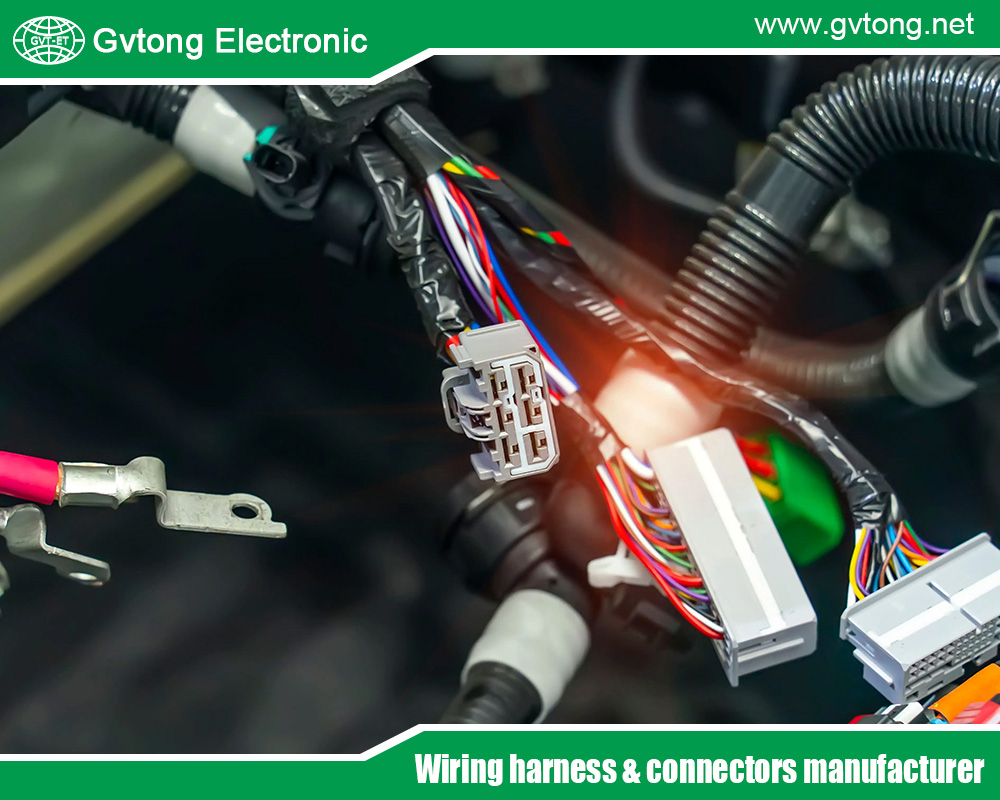
The Dual Challenge: Miniaturization vs. High Current-Carrying Capacity
Achieving miniaturization in automotive electrical connectors while maintaining or enhancing high current-carrying capacity involves overcoming inherent trade-offs. Miniaturization reduces connector size, pitch (distance between pins), and overall footprint, which is crucial for integrating more electronics into limited vehicle spaces. For example, reducing pin pitch from 2.54mm to 1.27mm can shrink PCB footprints by up to 78%, allowing for denser component packing in modules like battery management systems (BMS) or infotainment units. However, smaller sizes exacerbate issues like increased electrical resistance, heat buildup, and mechanical fragility, especially when handling high currents required for EV propulsion or 48V mild-hybrid systems.
High current-carrying capacity demands low contact resistance (often <10 mΩ) to minimize power losses and heat generation, as per Ohm’s law (P = I²R). In traditional designs, larger contact areas and thicker materials were used to manage this, but miniaturization limits these options. Thermal management becomes critical; excessive heat can degrade insulation, cause arcing, or lead to failures under automotive standards like LV214 or USCAR. Additionally, high-voltage applications (up to 1,000V) in EVs introduce risks of electromagnetic interference (EMI) and partial discharge, necessitating shielded, sealed designs that add bulk—countering miniaturization efforts.
Environmental factors compound these challenges: connectors must withstand vibrations (e.g., Class 2 or SG4), extreme temperatures (-40°C to 150°C), and ingress protection (IP67/IP69K) for reliability in under-hood or chassis applications. Materials like copper alloys, while conductive, may not suffice in miniaturized forms due to creepage and clearance requirements for high voltage. Innovations in simulation tools, such as finite element analysis (FEA) for thermal modeling, help predict performance, but real-world breakthroughs rely on rethinking contact interfaces, materials, and architectures. As vehicles incorporate more sensors and actuators—projected to exceed 1,500 wires per vehicle by 2025—the need for lightweight, high-power connectors intensifies, pushing manufacturers toward hybrid solutions that integrate power, signal, and data in compact forms.
Breakthroughs in Materials and Design Innovations
To balance miniaturization and high current capacity, manufacturers have pioneered advanced materials and design strategies. High-performance polymers like polybutylene terephthalate (PBT), liquid crystal polymer (LCP), and polyphthalamide (PPA) provide thermal stability up to 170°C while enabling thinner walls and smaller housings. These materials replace heavier metals, reducing weight by up to 78% compared to traditional systems, and incorporate features like positive locking and strain relief for vibration resistance.
In contact design, breakthroughs like RADSOK® technology use hyperbolic grid patterns to increase surface area, allowing high currents (200-700A) in compact formats without proportional size increases. Similarly, direct contact technologies eliminate intermediate springs, reducing resistance and enabling scalability to 400A at 1,000V. Multi-functional terminals (MFTs) integrate power and signal pins in dense pitches (e.g., 1.8mm), minimizing crosstalk through improved shielding and nano-coatings that enhance conductivity and corrosion resistance.
Thermal management innovations include optimized geometries for airflow, heat-dissipating fins, and materials with high thermal conductivity (>200 W/mK). For instance, using pure copper terminals instead of alloys lowers resistance, extending lifespan by 100 times and supporting ultrasonic welding for reliable terminations. Modular designs allow configurable poles (2-3 contacts) and orientations (straight/right-angle), fitting diverse EV architectures while maintaining IP67 sealing.
Simulation and testing advancements, such as AI-driven FEA, accelerate development, ensuring connectors meet standards like ISO 16750 for vibration and ECE R100 for EVs. These breakthroughs not only resolve conflicts but enhance efficiency; for example, reduced crimp lengths (55% shorter) simplify assembly, cutting costs and enabling automated production in high-volume manufacturing.
Manufacturer Spotlights: Real-World Breakthroughs
Leading automotive electrical connector manufacturers have translated these innovations into groundbreaking products.
- TE Connectivity excels with its miniaturized systems. The NanoMQS series features a 1.8mm pin pitch, supporting up to 6A at 80°C with a 50% PCB footprint reduction. Validated for wires 0.13-0.35mm² and temperatures up to 170°C, it uses locking lance designs for reliability in high-vibration (SG4) environments like engine mounts. The PicoMQS takes this further, with a 1.27mm pitch achieving 78% weight reduction and 4A capacity at 90°C, ideal for BMS and steering units. Its S-bended pins save 30% PCB space, and LV214 qualification ensures automotive-grade robustness. TE’s MATE-AX coaxial connectors reduce footprints by 75%, handling high-speed data alongside power in ADAS.
- Aptiv innovates with Direct Contact Technology (DCT), eliminating contact springs for direct current flow between high-conductivity copper terminals and stainless steel bodies. This achieves up to 400A at 1,000V with cables to 120mm², offering 100x longer lifespan and lower resistance than traditional designs. DCT enables smaller harness-side connectors by relocating terminal bodies, enhancing power density for EVs. Aptiv’s 48V connectors boost performance in mild-hybrids, reducing size while aggregating devices. Their Mini Coax portfolio supports high-density modular systems, fitting more functionality into compact spaces without compromising safety or power.
- Molex focuses on rugged miniaturization, defining connectors with ≤2.54mm pitches as miniature. The DuraClik series uses high-temperature PBT housings for thermal resilience up to 125°C, with secure retention for 14A over 16-24 AWG wires in sealed systems. MX150 connectors offer reduced packages over USCAR standards, integrating power and signals for zonal gateways in EVs. Molex’s approach includes lightweight alloys and dense layouts, addressing HEV demands for space-efficient, high-power interconnects.
- Amphenol’s ePower series exemplifies high-current miniaturization, handling 200-700A at 500-1,000V in compact, IP67-sealed designs with 2-3 contacts. RADSOK® technology maximizes contact area, supporting 50-95mm² wires in lightweight aluminum housings. Features like EMI shielding and push-pull locking ensure reliability in BEVs and PHEVs, with vibration resistance to ISO 16750. Amphenol’s UPC connectors for HEVs provide durable, high-voltage solutions in miniaturized forms.
These examples demonstrate how targeted R&D overcomes challenges, with products validated for real-world automotive use.
Future Trends: Toward 2030 and Beyond
Looking to 2025 and beyond, trends include further integration of AI for predictive design, sustainable materials like bio-based polymers, and contactless connectivity for ultra-miniature applications.
High-current densities will rise with 800V+ architectures, demanding innovations in thermal management and modular systems. Standardization efforts will enhance compatibility, while the market for rugged miniaturized connectors grows at >6% CAGR, driven by EVs and smart vehicles.
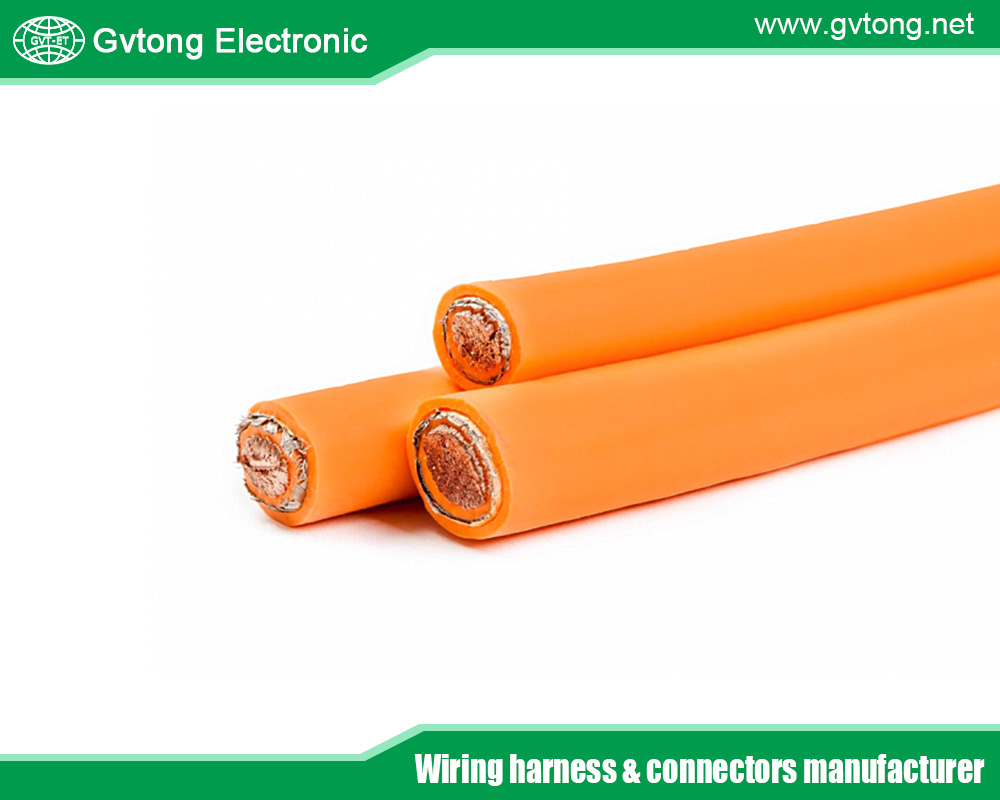
Conclusion
Technical breakthroughs in automotive electrical connectors have revolutionized the balance between miniaturization and high current-carrying capacity, enabling safer, more efficient vehicles. Through advanced materials, innovative designs like DCT and RADSOK®, and manufacturer-specific solutions, companies are meeting the demands of electrification. As the industry evolves, these advancements will underpin sustainable mobility, reducing emissions and enhancing performance. Stakeholders must prioritize partners with proven R&D to stay competitive in this dynamic landscape.
For more about how do automotive electrical connector manufacturers achieve technological breakthroughs in miniaturization and high current capabilities, you can pay a visit to Gvtong at https://www.gvtong.net/ for more info.


